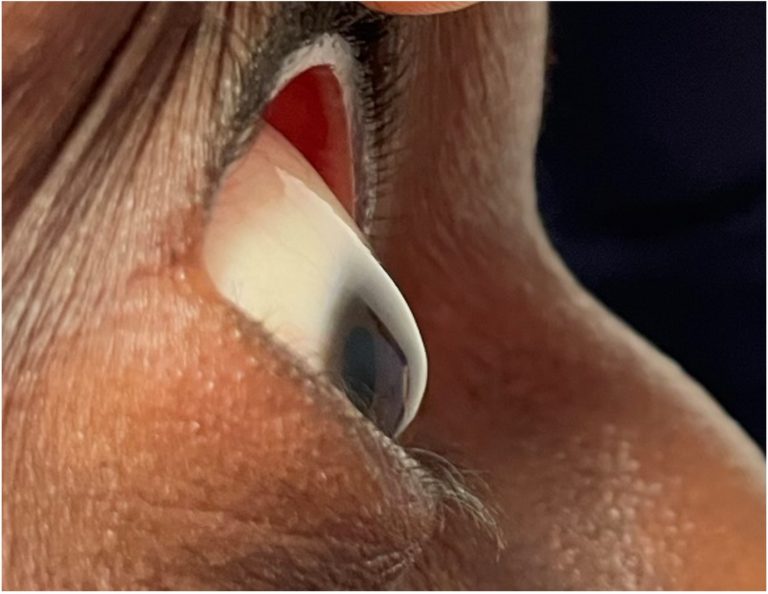On the 28th and 29th January 2024 the 41st meeting of the Congrès d’Optométrie et de Contactologie (C.O.C) , organized by the Association des Optométristes de France (AOF) took place in Montrouge, just outside Paris, France. This congress has grown from 100 delegates 10 years ago to 900 today, and is now arguably the most important optometry and contact lens congress in France.
Contamac was pleased to attend and also to sponsor the Free Papers session, in which several young optometrists presented their research papers. The jury was delighted to select Alissa Pailhas’ paper as the winner of a study trip to the University of Montreal in Canada. A short résumé of Alissa’s paper is given below.
Introduction
The objective of this study is to evaluate the grade of meibomian gland dysfunction (MGD) in male keratoconus patients. The association between keratoconus and meibomian gland dysfunction is now proven, but we seek to highlight a linear and positive link between the keratoconus stage and the MGD grade.
Materials and methods
The study was conducted on 20 selected adult male patients in our custom lens fitting centre.
In order to be able to grade the keratoconus stage of each eye, a topography was carried out beforehand using a TMS-4 Topographer.

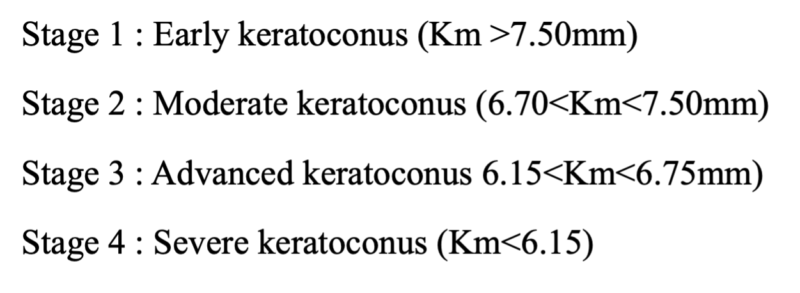
Finally, the grade of MGD was obtained thanks to the meibography carried out with the ME-CHECK as well as with the gradation method proposed by Arita et al (2016).¹
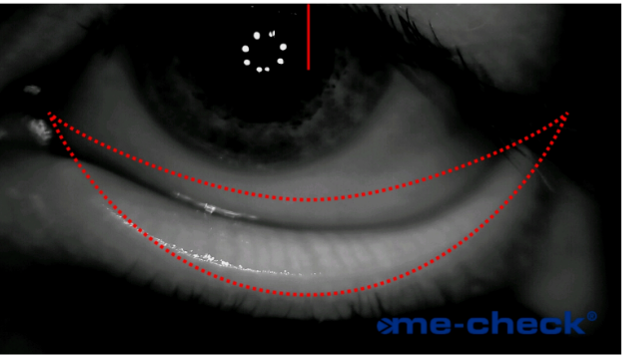
Grade 0
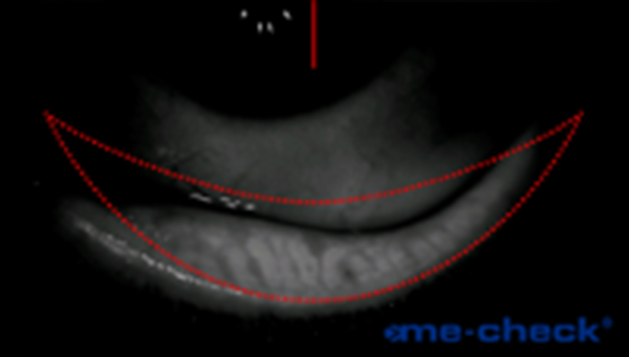
Grade 1
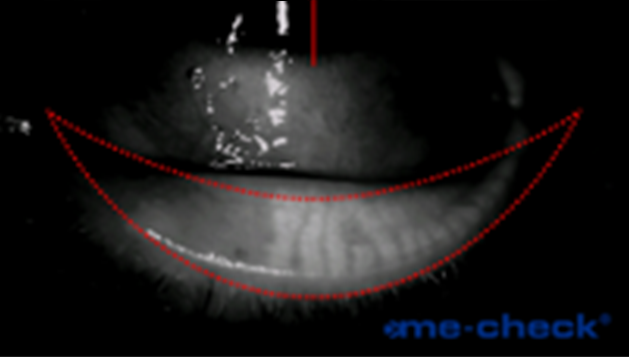
Grade 2
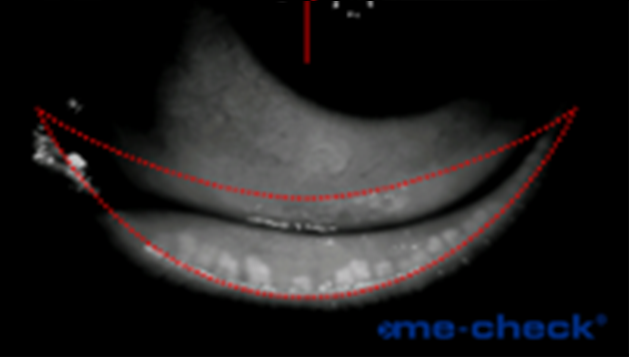
Grade 3
Results
After relating the two variables for each eye, we observe that the higher the keratoconus stage, the higher the MGD grade.
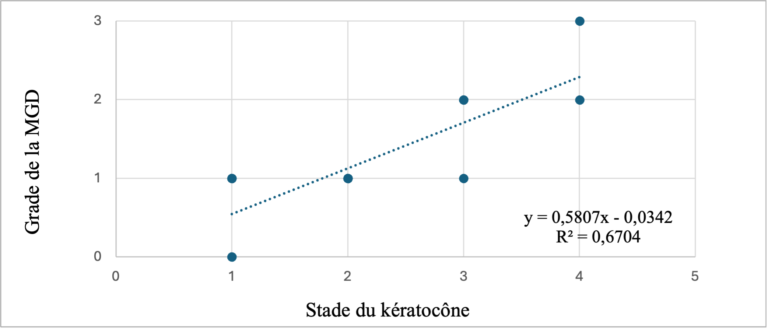
Scatter plot representing the grade of MGD as a function of keratoconus stage
Conclusion / Discussion
The study tends to reveal a linear and positive link between the keratoconus stage and the MGD grade. The higher the keratoconus stage, the higher the grade of MGD tends to be. But caution should be exercised to firmly confirm this link, as this relationship is not perfect.
The sampling used is small, it would be interesting to carry out the same study on a larger sample to avoid chance phenomena.
In addition, it would be wise to harmonize the keratoconus stage with the study population.
Finally, the quality of the measurements obtained with the ME-CHECK meibograph is questionable. Indeed, this device is a simple screening device. The image acquisition is correct and can be modified by changing the contrast and brightness of the shot. These images are made with transillumination and not infrared illumination, which decreases the image quality in terms of detail.
Overture
While carrying out this study, one question caught my attention: could the presence of Munson’s sign be the source of a higher grade of MGD? Indeed, the conical shape of the cornea induces a deformation of the lower eyelid and therefore probably an abnormal pressure in the lower part. Can this pressure cause a higher grade of MGD in the lower eyelid located on the part where the cone distorts the eyelid?
It would be interesting to conduct a comparative study on the same principle as this one to address this question.
